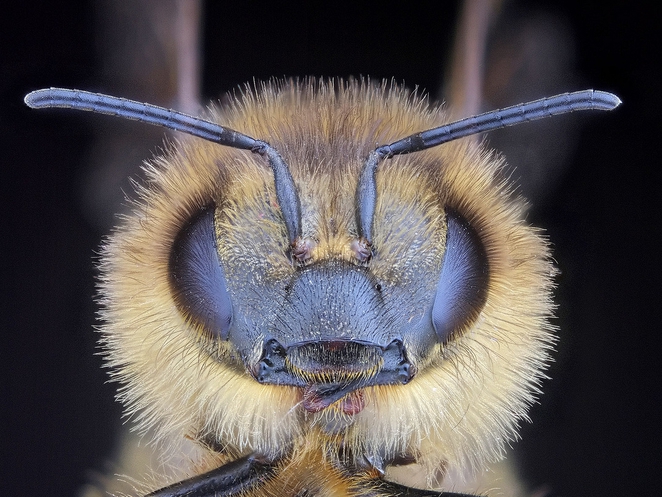It is well known fact that the most important work that a bee performs is to pollinate. Almost 80% of our flowering crops are dependent on these bees for their pollination process. That constitutes nearly 1/3 of human diet dependent on bees. Now we can imagine how dependent we are on bees for our survival on this planet. However, scientists have been recording an alarming decline in the bee population and have been named as Colony Collapse Disorder (CCD). In last six years approximately 10 million beehives has suffered from CCD. Scientists suspects harmful pesticides, invasive pest, climatic change and poor nutrition due to habitat destruction to be the reason behind CCD.
Scientist from University of Maryland and the US Department of Agriculture has found that the pollen collected by the bees were adulterated with a lethal combination of fungicides and pesticide and has crucial role in the decline of bees population. However, the factor responsible for the collapse of the entire beehives is still unknown. For the study the scientist gathered the pollen from hives on the east coast from plants like cranberry and watermelons. These pollens were contaminated with an average of nine different types of fungicides and pesticides. One of the collected samples of pollen was even found to have 21 different chemicals. If was noticed that the bees when fed with these pollen showed decrease in its ability to fight parasite causing Colony Collapse Disorder. And the fungicide adulterated pollen made bees 3 times more susceptible to these parasite invasion.
The researcher with this study found that the fungicides, which was thought to be harmless to these bees are actually causing the mass destruction of the beehives. It is not just one group of pesticides or fungicides causing the problem but combination of many chemicals, making the matter even worse. Even the bees known to collect pollen from wild flowers and weeds were found to be exposed to these pesticides and fungicides as well. This calls for an immediate action not only in the sort of chemicals to be employed but also in the spraying methods.
As per the author of the research article published in PLOS ONE:
More attention must be paid to how honey bees are exposed to pesticides outside of the field in which they are placed. We detected 35 different pesticides in the sampled pollen, and found high fungicide loads. The insecticides esfenvalerate and phosmet were at a concentration higher than their median lethal dose in at least one pollen sample. While fungicides are typically seen as fairly safe for honey bees, we found an increased probability of Nosema infection in bees that consumed pollen with a higher fungicide load. Our results highlight a need for research on sub-lethal effects of fungicides and other chemicals that bees placed in an agricultural setting are exposed to.
Now that it’s clear that the pesticides and fungicides are lethal for the bees, we need to still figure out ways to maintain the crop production without using these chemicals in turn to save bee population. The researchers are still trying to investigate other chemicals and to what the extend bees are getting affected with them. Imagine how difficult our lives would be without these bees and so corrective measure balancing both the bee population and crop production is urgently required before it gets too late.
Source: Treehugger




